Group:
Charlie, Oli, Mia.
Roles:
Oli – Screenwriter
Charlie – Cinematographer
Mia – Editor
Group:
Charlie, Oli, Mia.
Roles:
Oli – Screenwriter
Charlie – Cinematographer
Mia – Editor
‘Photography is truth. Cinema is truth 24 frames per second.’1 Godard’s influence on the French new Wave movement was vast, with films such as ‘Vivre Sa Vie’, (1962), and ‘A Woman is a Woman’, (1961): films that explore the more underground and bleak backstories of characters, applying this to audience’s real lives. His most memorable piece, however, came out in 1960 and started this trend of his films embodying more dark-sided crime stories- this film was called ‘Breathless’, and detailed the goofy, crime accompanied romance between a criminal and his American lover. Its influence on cinema spread vastly, and this study will examine its influence on later 90s French Cinema, where much of French New Wave’s techniques and conventions were replicated. The 1990s ‘young realists’ movement took from French New Wave immensely, especially its reference of crime and normalisation of darker themes such as drug use which though rarely appeared in French New Wave films, carried the same effects as a character casually carrying a gun around Paris as Patricia does.2 This study will compare the conventions of French New Wave between the classic ‘Breathless’ by Godard, and the young realist film ‘La Haine’, (1995), by director Kassovitz. The two films compare mainly in 3 distinct attributes that will be addressed: Cinematography and Style, Themes and Narrative and finally sound and editing.
| TOPIC AREA | FILM ONE | FILM TWO | CONTEXT | QUESTION |
| Film Movement: French New Wave. | Breathless, (Godard, 1960). | La Haine, (Kassovitz, 1995). | Social Historical Cultural, (originating within France). | How did the French New Wave Film Movement influence directors of the 1990s & 2000s within France? |
Task 1: The context of Post-WW1 Russia.

The October Revolution of 1917 was the beginning of the USSR under Communism. Lenin encouraged propaganda through film, and this led to many works that involved anti-tsarist propaganda and empowerment of workers. As well, filmmakers had to think very carefully about the films they made due to the lack of film stock early on, which encouraged the Gerasimov Institute to reuse & cut together pre-shot film to create new films entirely.
Task 2: Stylistic Conventions of Soviet Constructivism art movement.

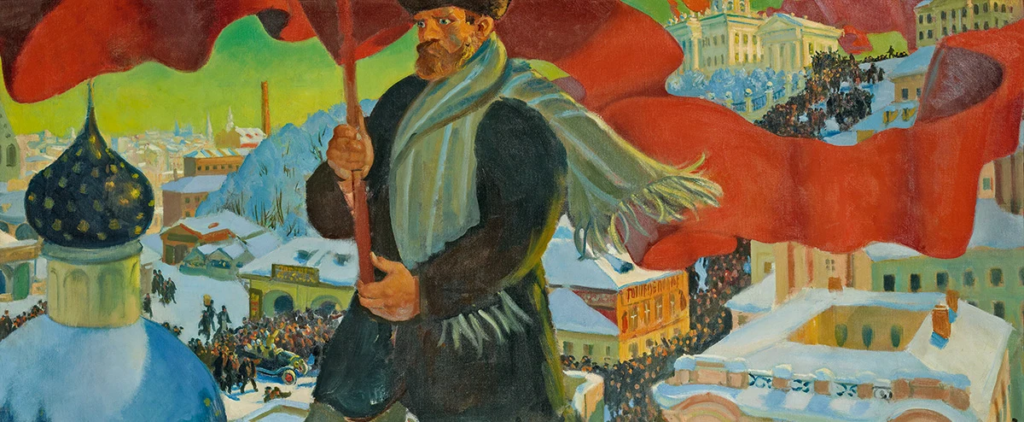
As evident from the two artworks above, the Soviet Fine art movement consisted of two major themes: Order & simplicity, as well as exaggerated iconography.
The Communist Government of the USSR sought to control the thoughts of their subjects through propaganda in the arts, a Russian flag-carrying soviet giant storming across the streets of St Petersburg, sent a message about victory to Russian subjects.
Task 3: The Gerasimov Institute’s present operations.

The Gerasimov Institute, or VGK, is the oldest Film school in the world. Its present operations today consist of being an influential film school in Russia.
Task 4: Examples of Soviet Constructivist Films.
S. Esienstein, ‘October: Ten days that shook the world’, (1928).

Eisenstein’s ‘October: Ten days that shook the world’ is an example of the movement’s propaganda, in its victorious portrayal of Lenin and the Communist Revolution in Russia in 1917.
D. Vertov, ‘Kino Eye’, (1924).

Once more, the propaganda of the Soviet State can be observed in Vertov’s ‘Kino Eye’. It represents the surveillance of the state, and instils this idea into viewers.
Task 5: Films that are influenced by visual style of Soviet Constructivism.
W. Anderson, ‘Isle of Dogs’, (2018).

Wes Anderson’s use of symmetry and bold but simplistic iconography reminds me of Soviet Constructivism- in ‘Isle of Dogs’ the techniques of symmetry and symbolism, as well as deep red and grey use of colours is very similar to the soviet fine art theme.
A. Hitchcock, ‘Psycho’, (1960).

The use of montage in Hitchcock’s ‘Psycho’ reminds me of Soviet Constructivism, as the pace of scenes and the viewer’s interpretation of the plot is influenced heavily by the montage technique Hitchcock uses, depending on the scene.
Task 6: 3 methods of montage in Film.
Metric Montage:

Metric Montage involves creates visual spacing within a scene by cutting to the next shot immediately after a sequence of frames, no matter the context.
An example can be found in ‘Battleship Potemkin’ by Sergei Eisenstein, (1925), where repeating patterns of chaos and people weeping cut back to the baby in the stroller rolling down the Odessa Steps.
Rhythmic Montage:

Rhythmic montage is the cutting of clips based on the action of image of a shot, with consideration of musical pacing.
An example can be found in ‘The Untouchables’ by Brian De Palma, (1987), where the ‘Odessa Steps’ scene is recreated inter-textually as shots line up with music.
Tonal Montage:

Tonal Montage is the practice of editing together two shots with a similar tone, but often different context.
An example of this can be found in ‘Whiplash’ by Damien Chazelle, (2015), where Andrew’s persistence and gradual downfall is implied through his vigorous drumming, obsession with music and physical illness: all portrayed through tonal montage, where shots cut between bloodied drumsticks, drumming and metronomes.

Cinema Du Look was a French Movement in Cinema that was observed between the 1980s and 1990s.
Origins & Style:
The Cinema Du Look movement focused on a film’s theme over its narrative, character’s style over their importance in plot. The genre was renowned for being focused on distinct visual style.
French President Francois Mitterand was controversial across France, especially his policies towards young people that caused further uproar and unrest in cities such as Paris. Directors in the Cinema Du Look moment wanted to empower and represent this ‘New Future for France’ through Cinema Du Look and its alienated young Characters.
Key Films & Directors:
‘Leon: The Professional’ – Luc Besson, (1994).
Luc Besson was a famed advocate for the movement, in his film ‘Leon: The Professional’, released in 1994, many conventions of the movement are displayed.
While the narrative is slim and predictable considering the genre, Besson focuses primarily on the look of the film. Leon & Mathilda are two incredibly distinct looking characters with unique backstories & personalities.
’37°2 le matin’ – Jean Jacques Beineix, (1986).
Released in 1986, ’37°2 le matin’, (or ‘Betty Blue’ in English), tells the dramatic and psychological story of two doomed lovers Betty & Zorg.
Beineix very cleary demonstrates the narrative conventions of Cinema Du Look, as Betty displays many extreme episodes of violent drama, alongside Zorg. The plot is very extreme & often the psychological aspects of the film sidetrack the plot, with lengthy scenes of violence juxtaposed with romance showing the films categorization as Cinema Du Look.
‘Les Amants du pont-neuf’ – Leos Carax, (1991).
Detailing the love story between a circus-performing alcoholic and a painter who’s slowly turning blind; ‘Les Amants du pont-neuf’ is a film that focuses on the style in Cinema Du Look.
Famously, in the ‘Lovers on the Bridge’ Sceene, (in which the film is named after), a blend of score, acting, tracking and mise-en-scene in the form of perfectly timed fireworks highlights the free-living and romantic message the film puts across the viewers.
Overview:
Overall, it is evident that Cinema Du Look was a movement of romanticizing everyday life for viewers; the mundane of an assassin and an orphaned girl hiding for survival, a tragic & violent love story, as well as two faulted lovers on the dirty streets of Paris: all of these narratives are glossed up and made to feel ‘like a movie’, (despite being films there’s also feeling like a film), that is exaggerate to wipe away the monotony of viewers’ everyday lives.
Task 1
‘Explain how the production context of Citizen Kane influenced the ‘look and feel’ of the end product.
To begin, Orson Welles was unusually given large autonomy when it came to directing Citizen Kane, and RKO in doing so allowed more a more experimental film.

This relative freedom given to Welles by RKO allowed for experimental shots: for example low angles that showcased the power dynamic of characters, that required equipment that would more commonly be hidden on ceilings to be hidden due to the visibility of the ceiling overhead.
Task 2:
Choose your favourite scene in the Film and why this is the case.

My favourite scene from Citizen Kane is where Jerry Thompson goes to look at Mr Bernstein’s Archives to find any memoirs about Kane.
This is because of the intense chiaroscuro lighting used, as well as the silhouettes of characters inferring their mystery or perhaps Kane’s mystery. The shot is structured in a way that makes it almost symmetrical, and plays into a theme of power and organisation.
As well, Welles’ use of moving the camera into the room through a large vault door adds to the intrigue of the scene- and pits the viewer into believe they are getting insight into a very secret chamber.
Task 3: Why do you think Citizen Kane is cited by many critics as the ‘best film of all time’?
Pre-Citizen Kane cinema was very static. There were the odd tracking shots, and extreme angles; but innovation in Cinema prior focused more on Mise-en-scene, plot and technology. Orson Welles’ approach to Citizen Kane was to reinvent the techniques of cinematography: in shot angles & staging, lighting as well as tracking & deep focus.

Shot angles & staging became a technique to represent the relationships and dynamics between characters. It is used often throughout Citizen Kane, and the shot shown from the scene where Kane is sent off as a child; it shows the division between the Mother and Father, whilst highlighting the relative neglect Kane, (seen in the back), is experiencing as a child. Throughout the film, this technique is used again & again, especially to highlight Kane’s power and ambition in comparison to other characters.

Lighting is used in Citizen Kane in order to imply emotion & intrigue onto characters. Take the shot above of Mrs Kane, where the chiaroscuro of the light hitting half her face in contrast to the shadow of Kane on the other. This shows inner-conflict on Mrs Kane’s behalf, and highlights the power Kane has as well. Repeatedly, Welles’ uses lighting to imply meanings, rather than just writing down his intentions in a script- a technique used widely in cinema today, but revolutionary for its time.

Lastly, I have grouped tracking & deep focus as one, due to the fact that Welles pairs these two shot types often. He does this most strikingly in the ‘Archives’ scene, where the vault door opens & the camera moves into a dark room looking straight down to the opposite wall. These two shot types are used throughout Citizen Kane to impose grandeur & importance to buildings & people.
Overall, it is clear to see that the use of shot angle & staging, lighting, tracking & deep focus helped Citizen Kane become a success and be labelled ‘The Greatest Movie ever Made’, due to its influence on the wider cinematographic world. Here, cinematography is secondary only to dialogue in furthering plot, and this is shared by most movies post 1941 due to the films influence on cinema as part of its success.
Task 1: The Context of the Wiemar Republic

After Germany’s defeat in the first world war, the German people faced economic & political difficulties, especially in the period between 1919 and 1924.
To begin, there was the issue of Revolts & Putsches. In 1919 the Sparticists revolt from leftist Communist Parties showed how fractured socialist views were nation-wide. The 1920 Kapp Putsch was an attack from the right that further showed how tumultuous the country was politically.
Economically, the 1923 Invasion of the Rhur Valley by French & Belgian forces caused the government to begin printing bank notes to pay the factory workers, that in turn caused hyperinflation. People had little savings, and especially the newly emerging middle class, ‘mittlestad’, fared worst due to their savings becoming virtually useless.
Overall, the early years of the republic scarred its people for the rest of its short life, and this instability and fear people had at the time channeled itself into German expressionism in its horror and escapism themes.
Task 2: The Expressionist Art Movement & Culture

Expressionism is an art movement that originated in Western Europe in the late 1800s. To begin, it was more about stylising the texture of paintings, for example Van Gogh’s ‘wheatfield with cypresses’. Gradually, paintings from Monet, (as his sight began deteriorating), featured increasingly experimental colour palets, (see below)


Monet’s accidental experimenting in colour influenced art & style in the 1920s to become what it is known for today.
Importantly, the international post-war ‘live life’ mantra echoed globally, and pop-culture was born. The Expressionist Movement didn’t confine itself to art, but expanded to music & film, as well as fashion and in everyday life such as the many buildings and furniture designs churned out by the Bauhaus school of architecture.. Art was now on posters, on people and on buildings. In 1927 there were over 600+ speakeasies/Jazz clubs in Berlin alone, where this new style was celebrated.
Task 3: Why has managed to stay in business?

UFA is a German Motion picture company, and at points was the largest film producer globally. It has kept in business due to the company’s willingness to allow directors freedom in their film-production, leading to the creation of new genres and styles like science-fiction in Fritz Lang’s ‘Metropolis’ of 1927.
Their studios in Germany were also very highly held, and directors such as Hitchcock, Wilder and Tarantino have used them.
Task 4: Name 3 other films identified by critics as German Expressionist Films.



Task 5: Name 3 films from the 40s-60s that take influence from German Expressionism.
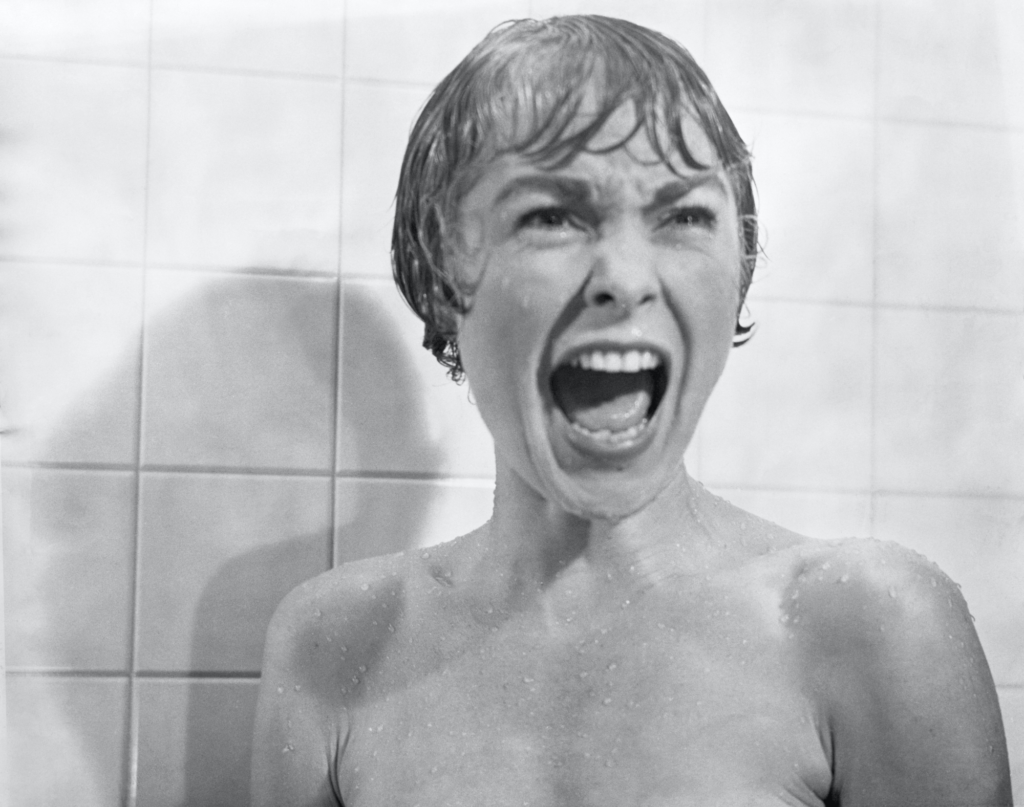


Task 6:
I believe ‘2001: A Space Odyssey’, (1968), by Stanley Kubrick takes heavily from German Expressionism, especially reviving the early sci-fi genre presented by Fritz Lang’s Metropolis.
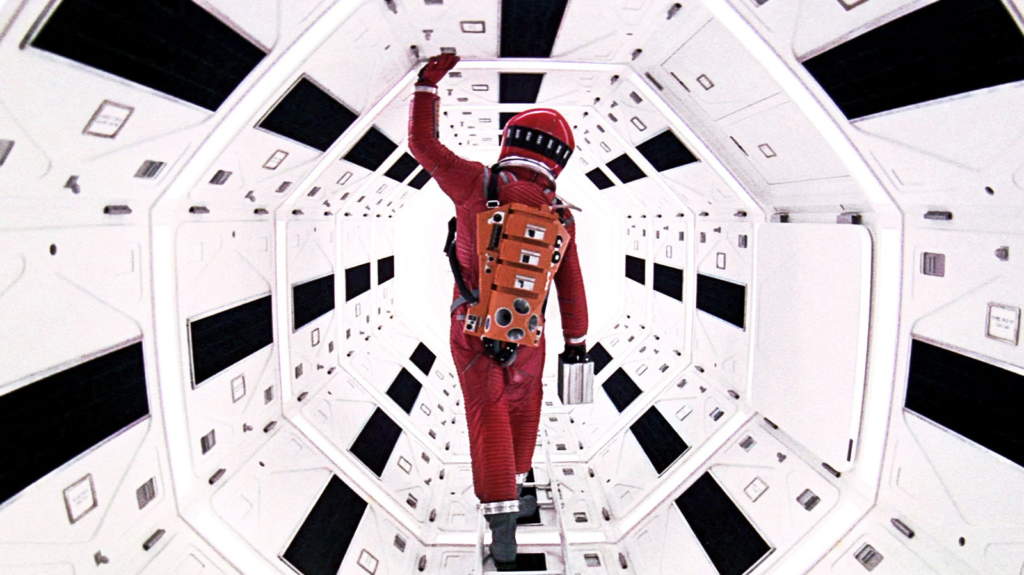
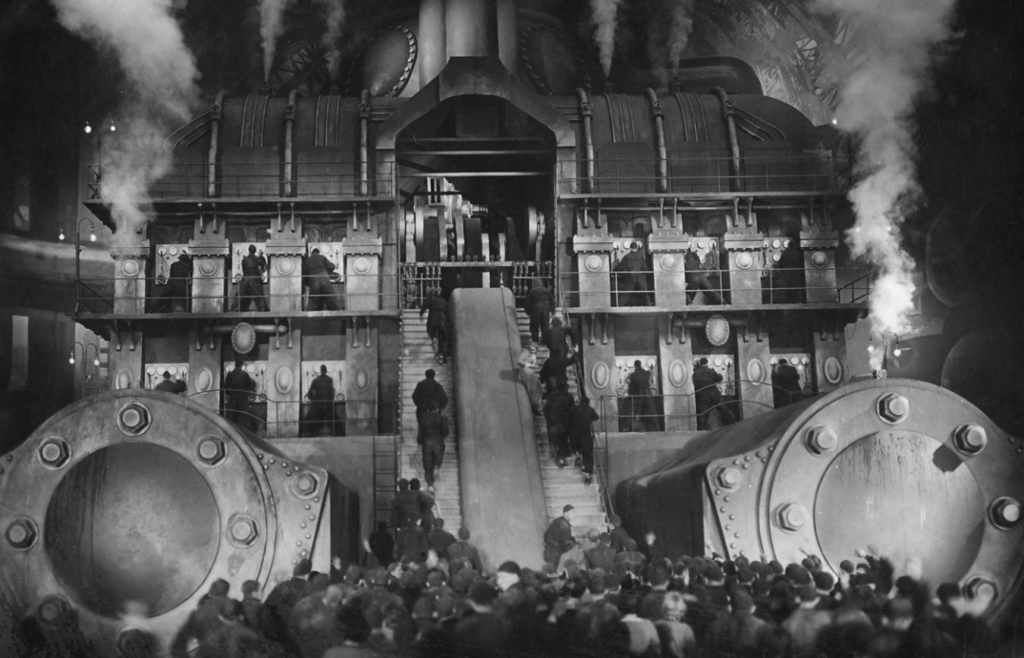
The two films present an innovative and experimental take on the Sci-Fi Genre. Take these two shots above. Notice how stylistic the outfit of the Astronaut is above, or the intricate details of the steam-powered factory and its workers in Metropolis.


Visually, the two films are similar. Take these two shots above, where the grandeur of futuristic buildings and spaceships feature.
Overall, I believe ‘2001: A Space odyssey’ took huge inspiration from Metropolis, evident by its portrayal of the technological progress of humanity, and the introduction of Robotic/AI characters.
3 point lighting is the base for most lighting in film, and consist of 3 points of light that are the Key, Fill and backlight.
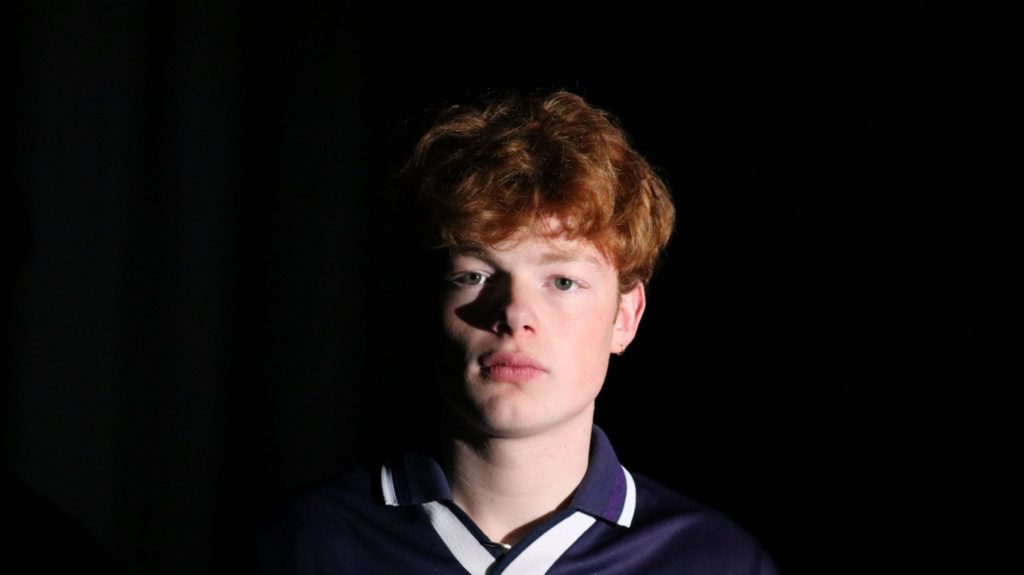

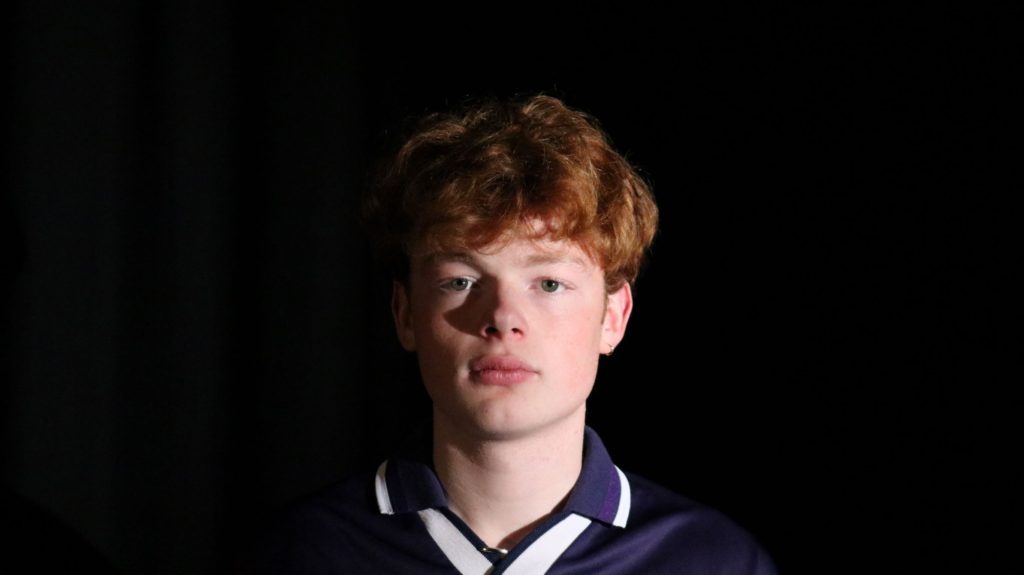

1895-1928: The Birth of Cinema
Buster Keaton, Harold Lloyd and Charlie Chaplin were comedy directors.
Keaton’s famous works include ‘Sherlock Jr’, where editing is used to change setting. ‘The General’ was a film where Keaton played a Train driver during the American Civil War, the pacing of the film notably helps with its comedic value.
Ellie Suleman takes from Keaton, by keeping the shot in pan and making grumpiness a comedic theme.
Charlie Chaplin’s comedy focused more on body movement. ‘City Lights’ is a film where he displays his skill on using his body & character. ‘The Kid’ recreated the childhood Chaplin grew up in, showing how he was able to target complex themes through comedy.
Nicholas Roeg mimics Chaplin’s use of manuerisms, focusing on people’s fidgetting & expressions.
Harold Lloyd was an actor and his scenes involved stunts & action for comedy. ‘Safety Last’ was a film where Lloyd appears to climb a large building and swing across blocks by rope.
Yasujiro Ozu was inspired most by Lloyd, as his films contained stunts and visually funny humour.